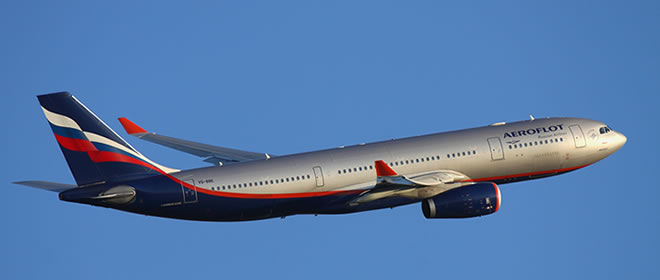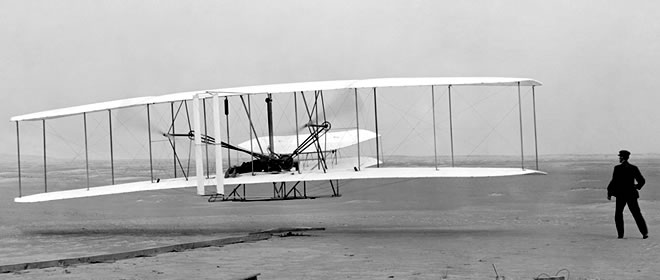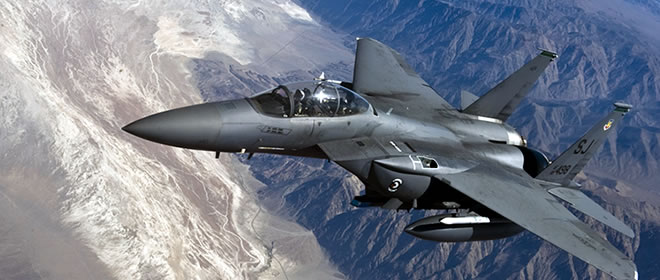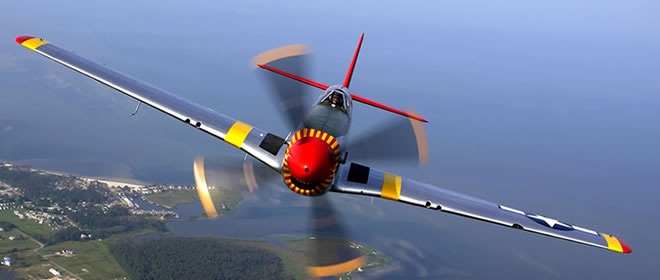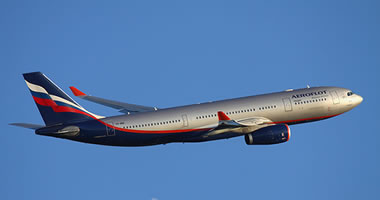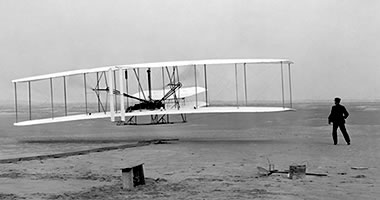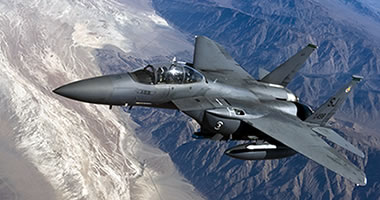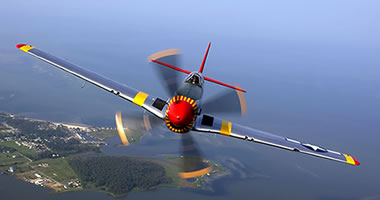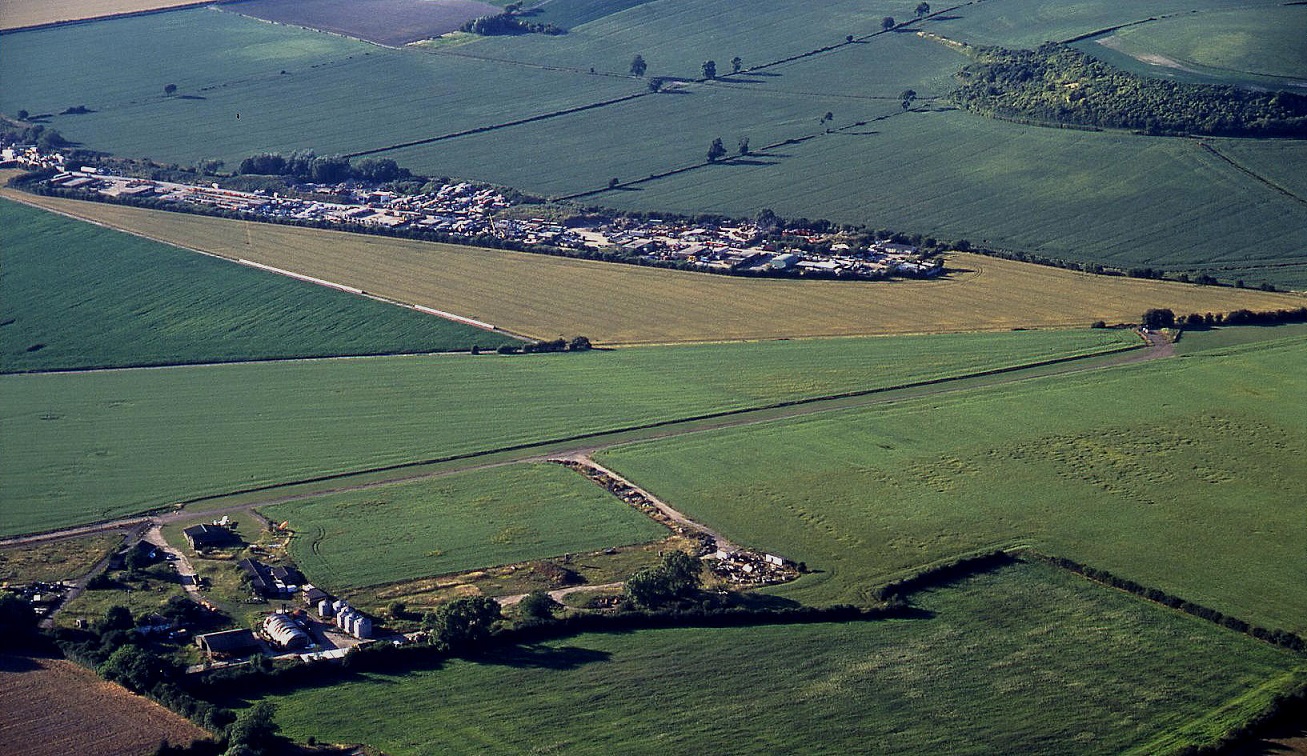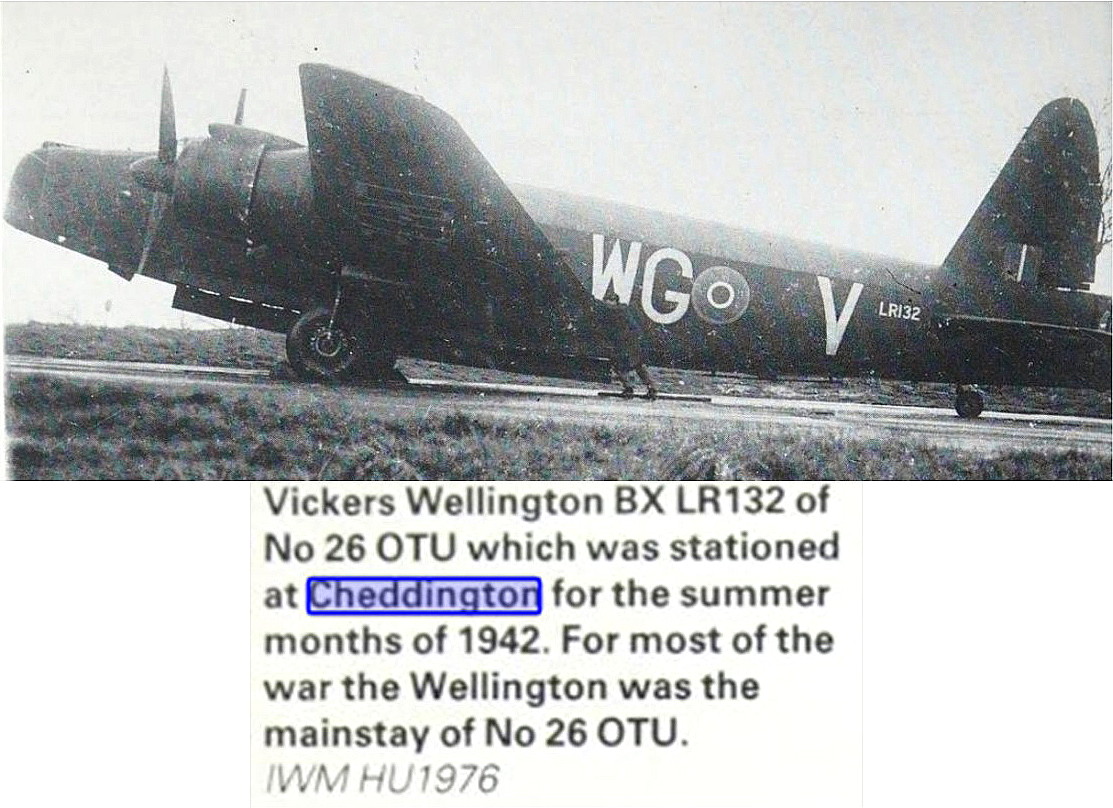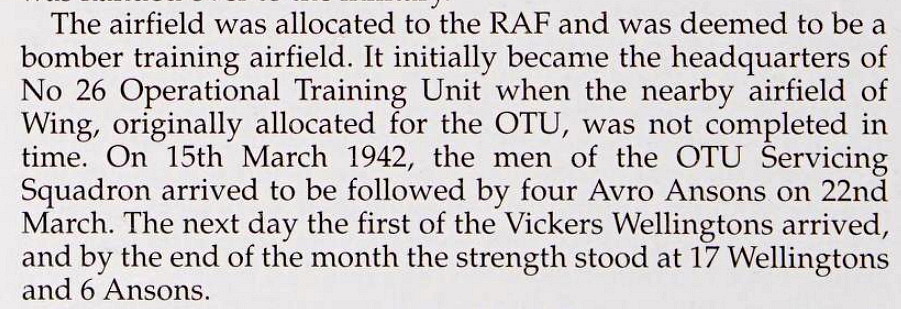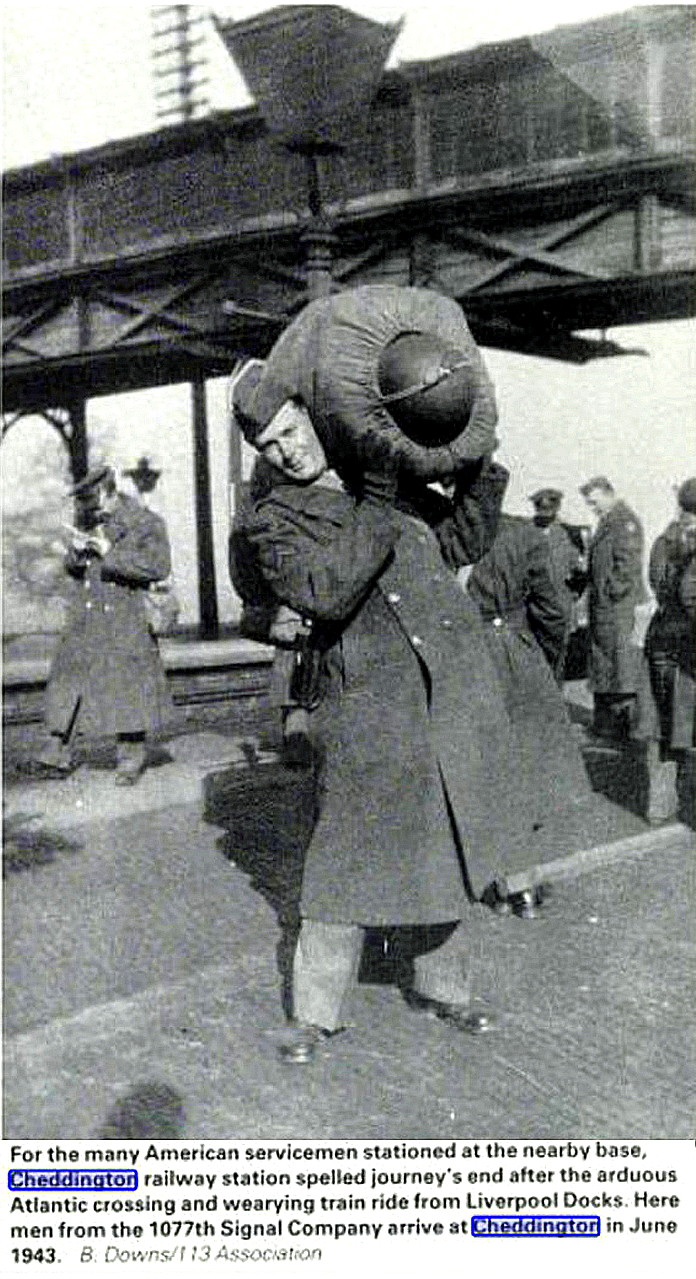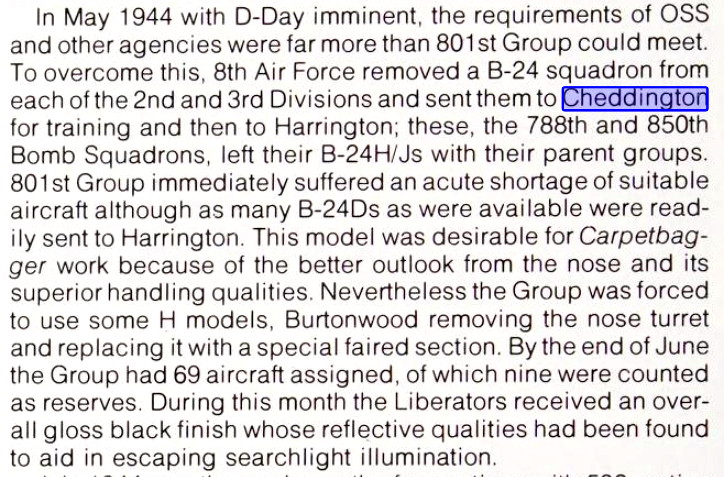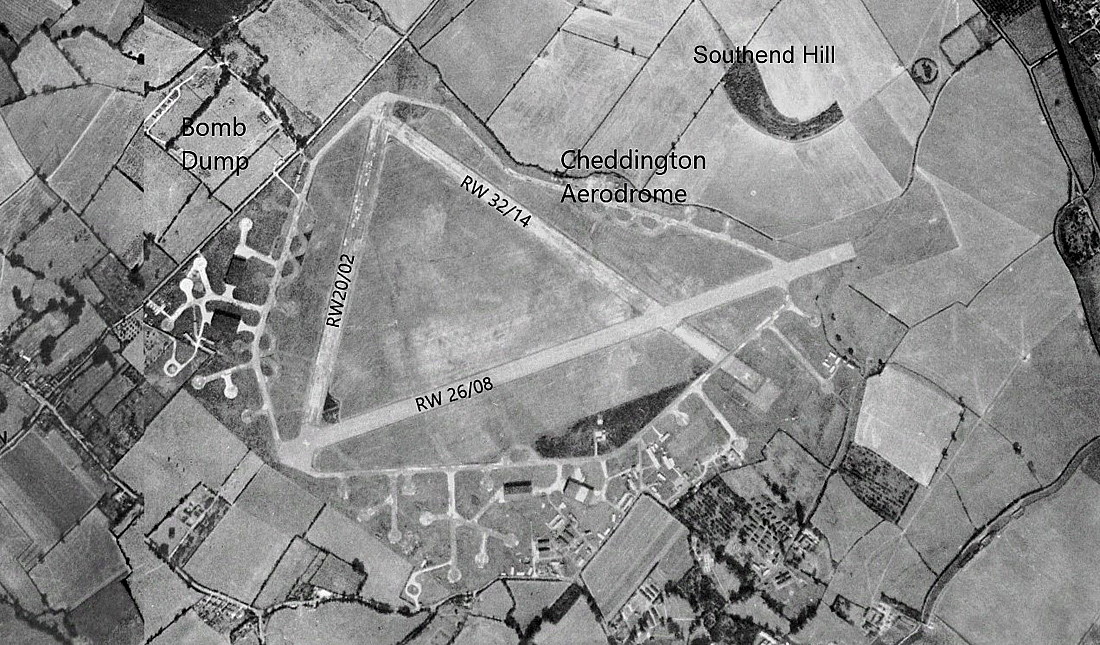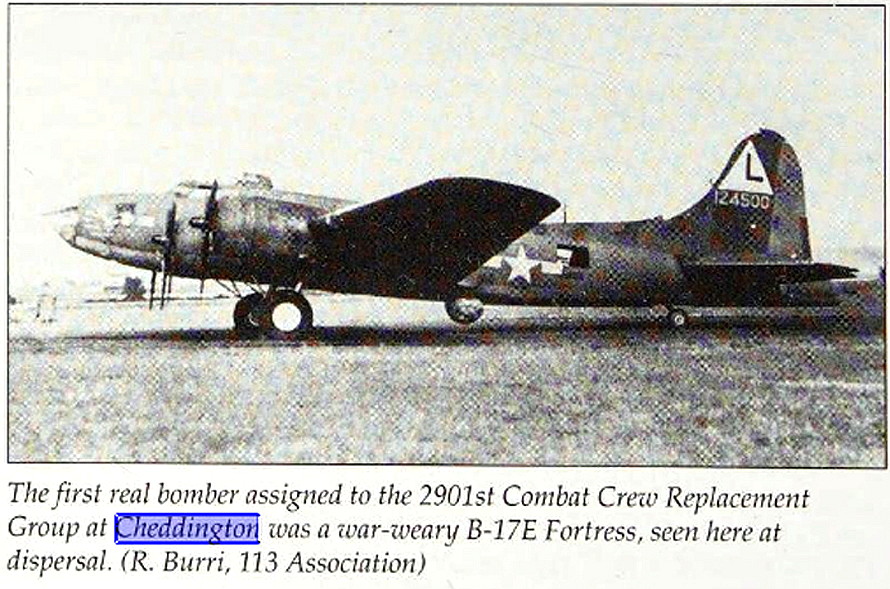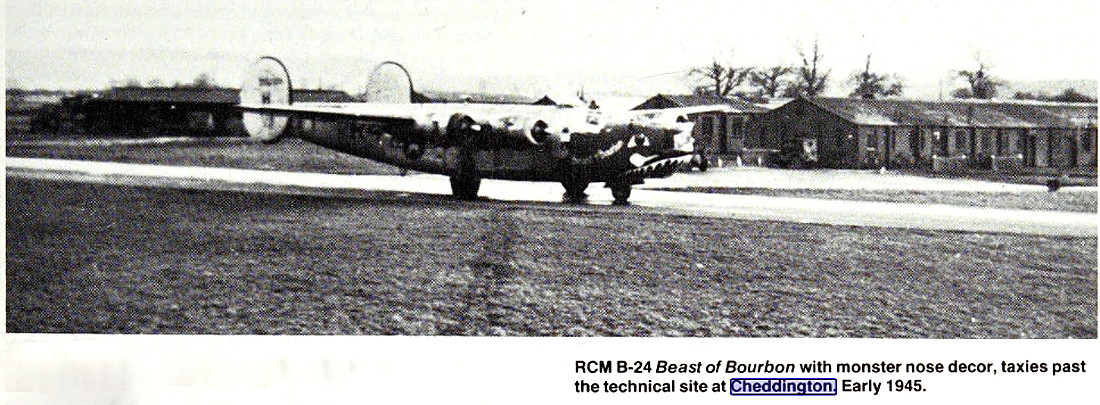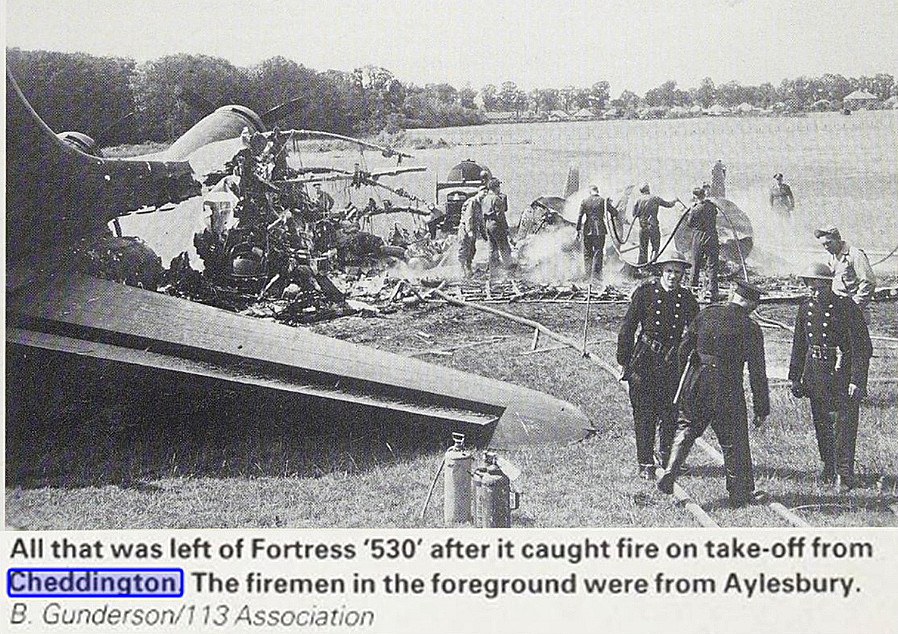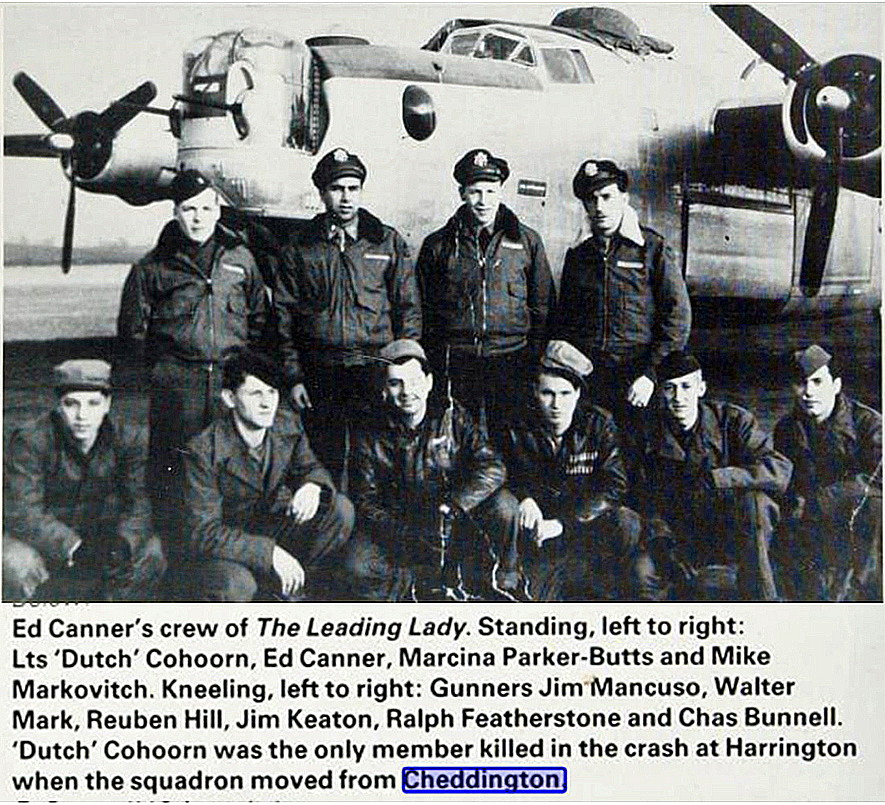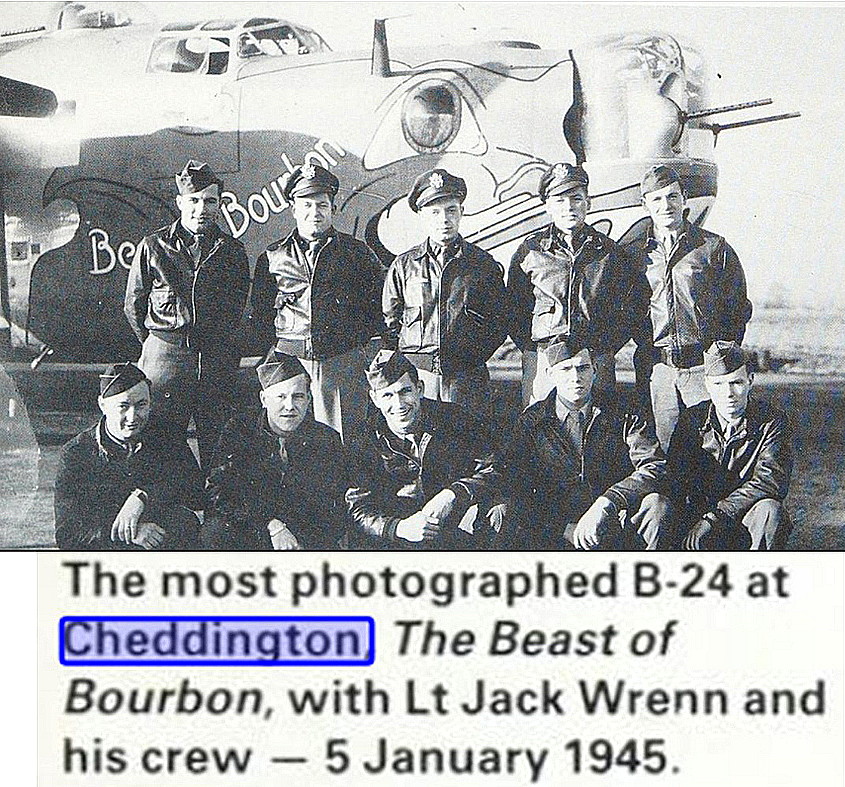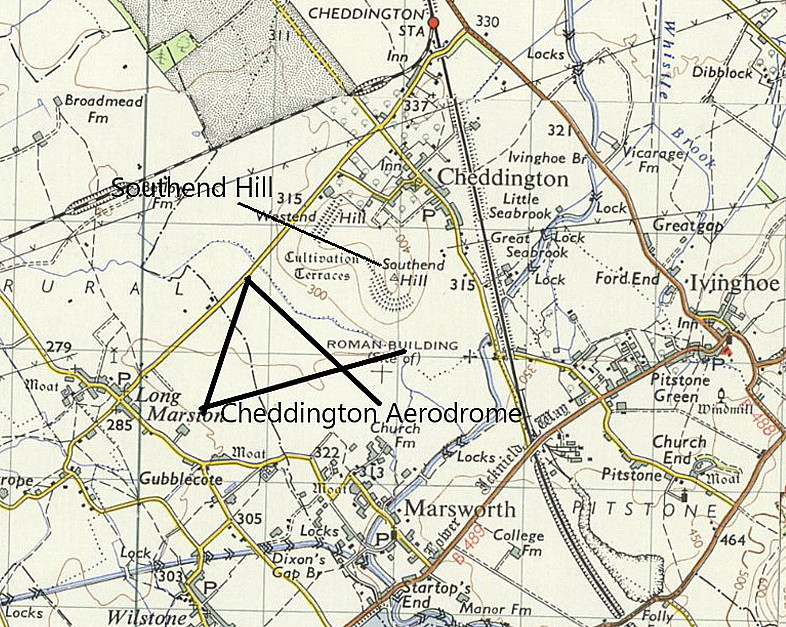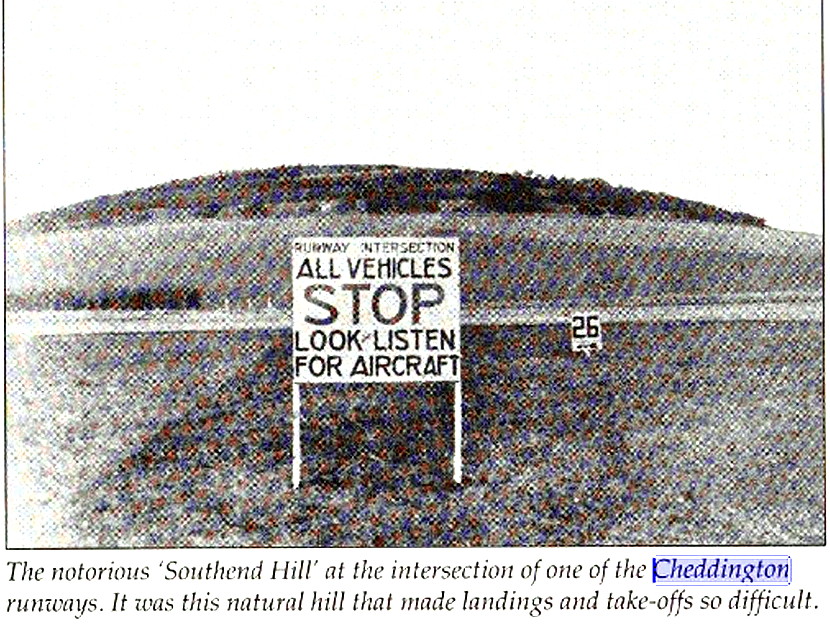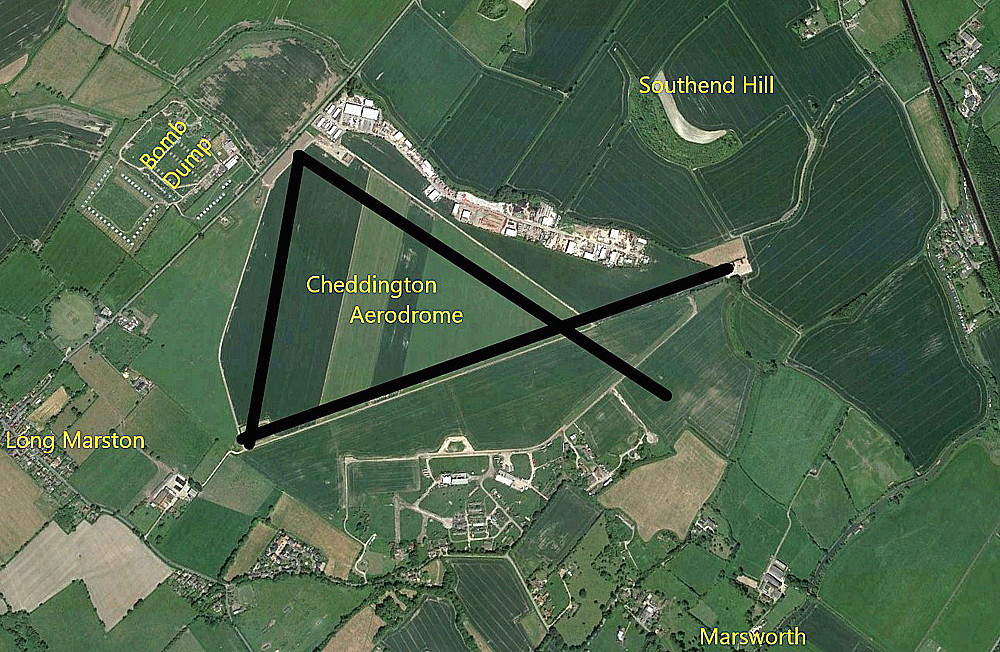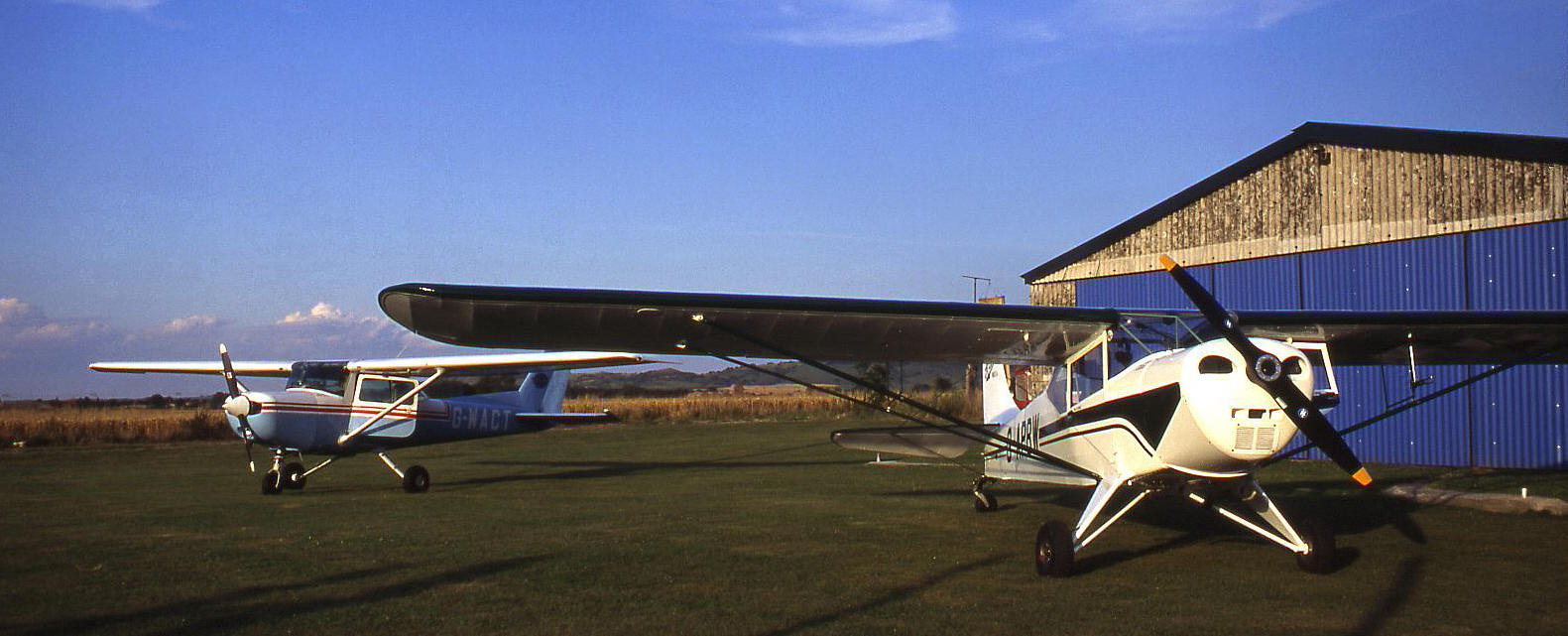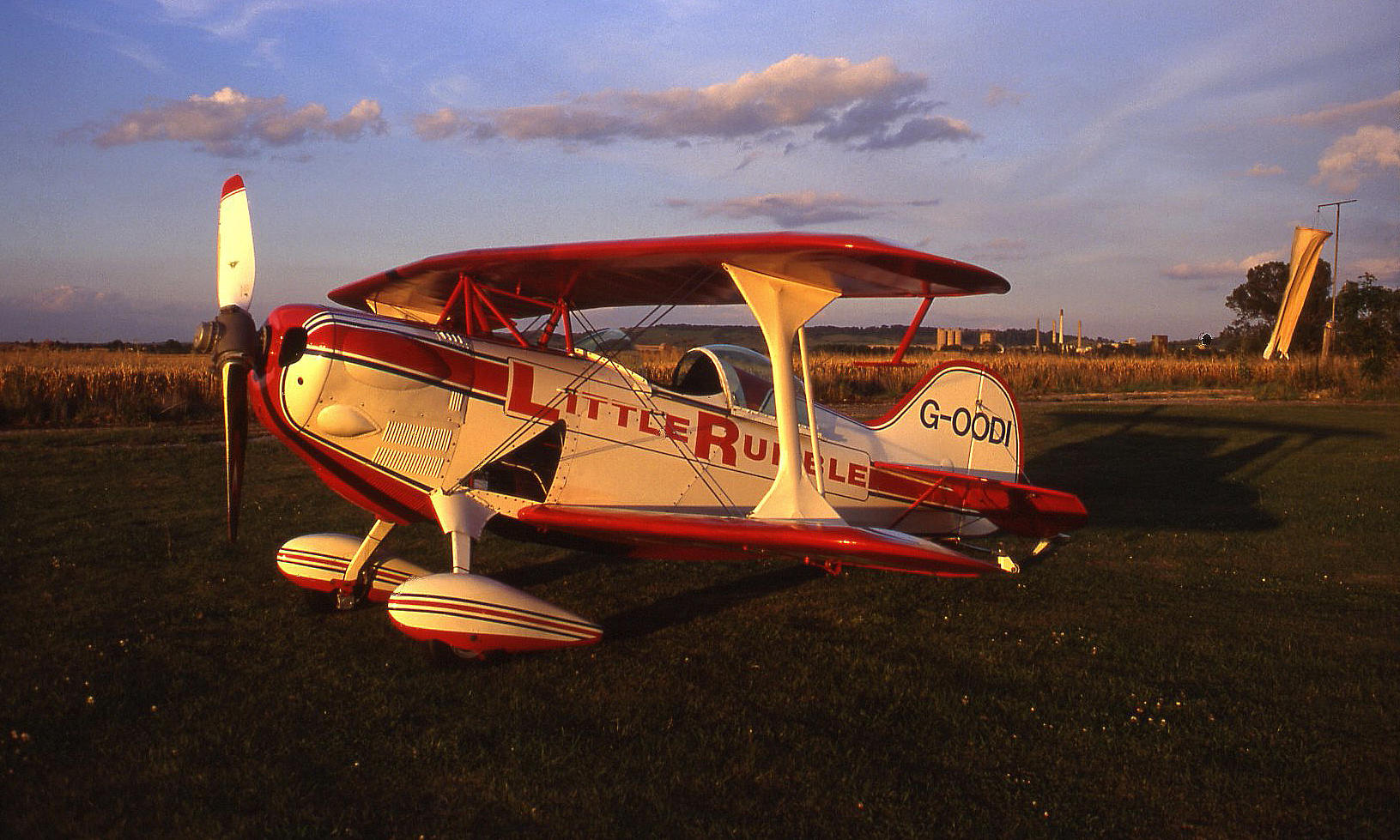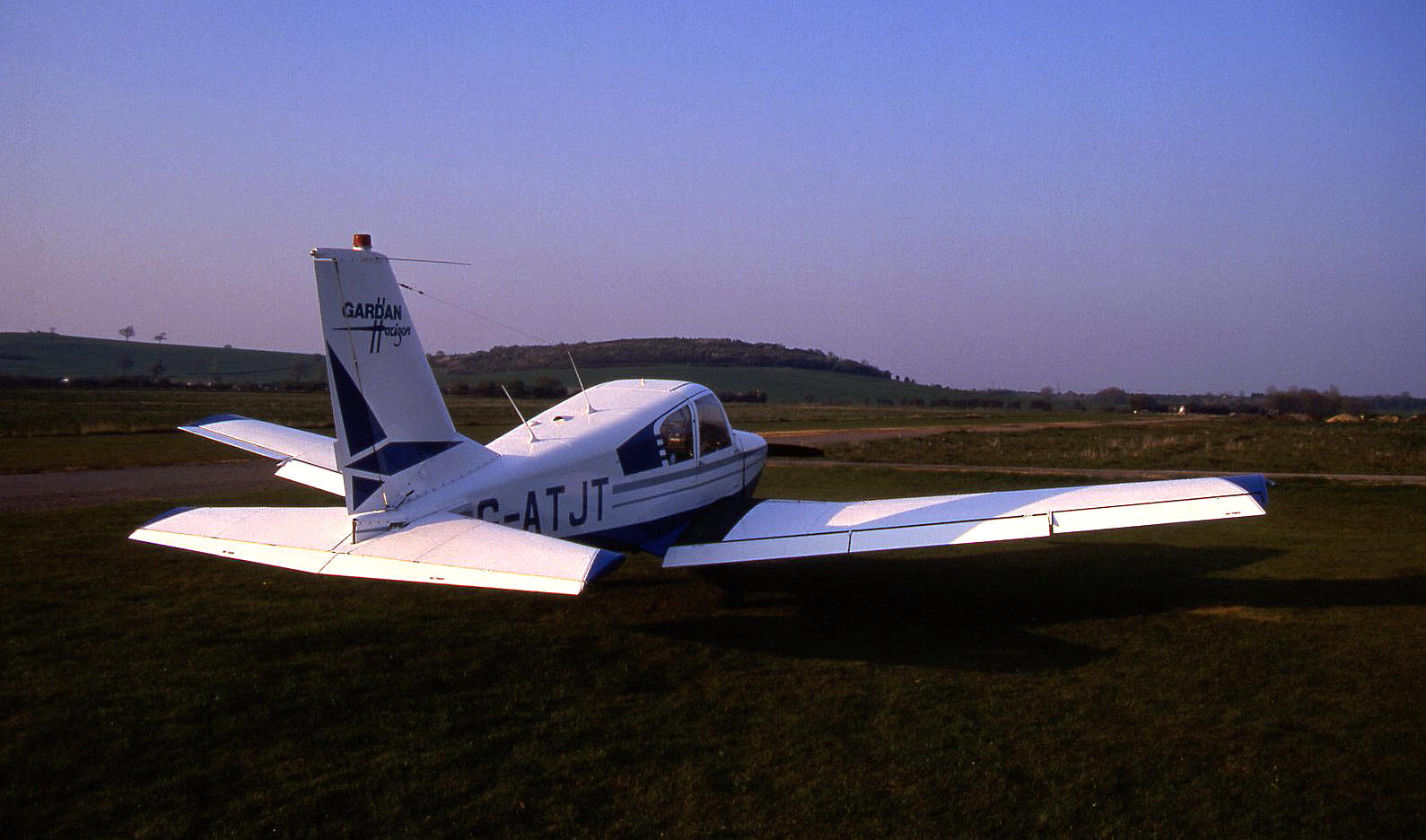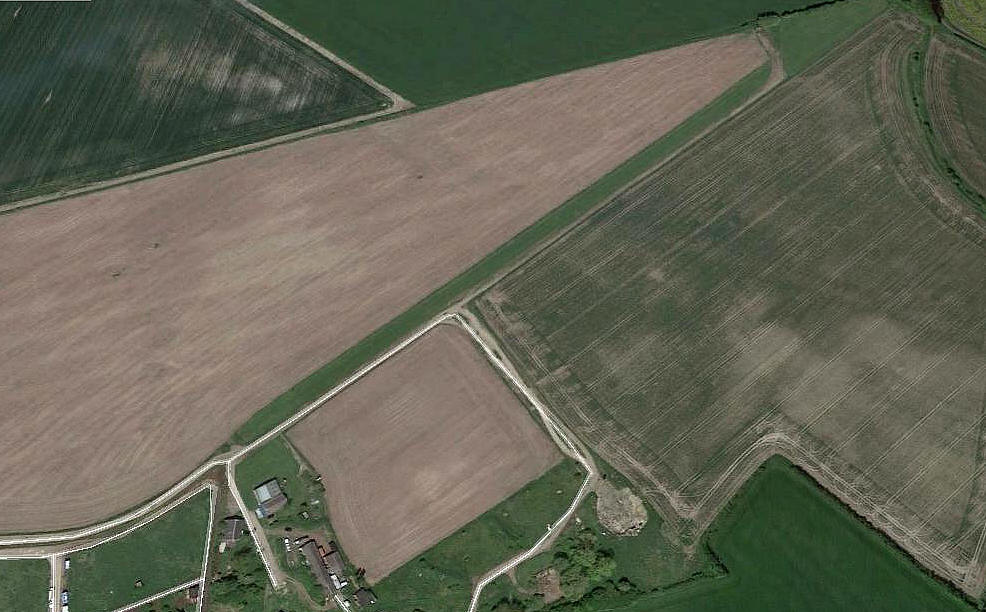Cheddington
CHEDDINGTON: Military aerodrome, much later private airfield (Aka MARSWORTH)
Note: All pictures by the author unless specified.
Military users:
Royal Air Force.
26 OTU (Operational Training Unit) Avro Ansons and Vickers Wellingtons
8th USAAF
36th Bomb Sqdn (RCM) flying Consolidated B-24 Liberators
406th Bomb Sqdn (Night Leaflet Sqdn) flying B-24 Liberators
2901st Combat Crew Replacement Group, using Boeing B-17 Flying Fortresses
Location: 6nm ENE of Aylesbury and just east of Long Marston village
Period of operation: 1942 to ? Still used as a private aerodrome since (?) with a grass strip alongside what was runway 08/26
Runways:
WW2: 02/20 1280x46 hard 14/32 1280x46 hard 08/26 1645x46 hard
A MICHAEL T HOLDER GALLERY
We have Mike Holder, a great friend of this 'Guide', to thank for researching what is available these days (2024) regarding the WW2 history of CHEDDINGTON. Three publications feature, and these are: Mighty Eighth War Manual by Roger A Freeman, Secret Squadrons of the Eighth by Pat Carty and Thames Valley Airfields in the Second World War by Robin J Brooks. To simplify the attributions I have used just the first two words - ie: Mighty Eighth, Secret Squadrons and Thames Valley.
The WW2 history of CHEDDINGTON can be divided into two phases. The fairly brief phase when 26 OTU were waiting for WING airfield to be completed, then the occupation by the USAAF.
THE RAF PHASE
THE USAAF ARRIVE
Photo One shows an airman arriving with his kit bag at Cheddington railway station. Photo Two shows airmen huddled around a stove consuming their meagre rations. This situation was soon to change as the supplies eventually arrived by ship across the Atlantic once the Battle of Atlantic, defeating the U-Boat menace, began to be won. Indeed, the comparative luxury life style of USAAF airmen at their bases, became something to be envied by RAF bomber crews especially. Plus of course, the USAAF had been provided with bases in much better weather locations in England, Essex, Suffolk, Norfolk and Cambridgeshire mainly. Whereas Bomber Command had to move further north to mostly Lincolnshire and Yorkshire, often fog bound at all times of year, mostly flying at night!
A great debate can be had about which was safer? Flying at night or during the day? My impression is that, by and large, both were roughly equal.
The very poor Photo Three shows the first aircraft to arrive at CHEDDINGTON, a Piper L-4 Cub, commonly know as a 'Grasshopper'. Often ignored, these lowly two seater aircraft were used for a variety of roles, and actually crucial in so many ways, especially in the lead up to D-Day, when the roads in much of England were clogged up. They could quickly move key people, maps and documents etc, between the various headquarters.
CHEDDINGTON GETS GOING
THE BOEING B-17 FLYING FORTRESS AT CHEDDINGTON
THE PEOPLE, THE CREWS
LOCATION ITEMS
It has been of interest to me that Southend Hill features as it is some distance away from any of the runway headings. This said, when approaching to land in foggy conditions, given the rudimentary navigation aids, a sizeable hill nearby is not desirable.
LAST BUT NOT LEAST
Mike has found this mention in the autobiography by Sir Geoffrey de Havilland, Sky Fever. The development of the Mosquito at Salisbury Hall was, in those days tantamount to treason. The company had been ordered to stop work on the project. Those in command of aircraft production at that level, incredibly ignorant which befits their position, (usually the case then, still the case today by and large of course in government), dismissed the idea of any worthwhile aircraft capable of combat missions being made of wood as ridiculous.
NOTES: After military flying ceased it became a Army base for several years.
The first picture of the Auster Alpha 5A was taken when I flew in with the Cessna 152 (G-WACT) from Wycombe Air Park, on the invitation of Nigel Huxtable. This Auster Alpha 5A, G-APBW, was restored by Nigel to immaculate condition and has been much admired.
On the 10th April 2002, in return for transporting an Auster wing for Nigel, he treated me to a flight in his Gardan GY-80 G-ATJT. Although I only flew it when in flight, the Gardan proved to be a delightful aircraft to handle, and Nigel's demonstration of a steep approach and short landing certainly proved the well above average capabilities of this fine design.
Note: This picture was taken in late August 2019 from a easyJet Airbus A320 whilst en route from LUTON to Toulouse in France.
Note: Both of these pictures were obtained from Google Earth ©
Terry Clark
This comment was written on: 2017-12-25 20:13:35For many years there was a guarded compound on the north side of the airfield non some old dispersals. Local rumour had it that it was somehow associated with the CIA and there were tunnels leading into the adjacent hill, but others said it was just a storage area for munitions.
We'd love to hear from you, so please scroll down to leave a comment!
Leave a comment ...
Copyright (c) UK Airfield Guide

